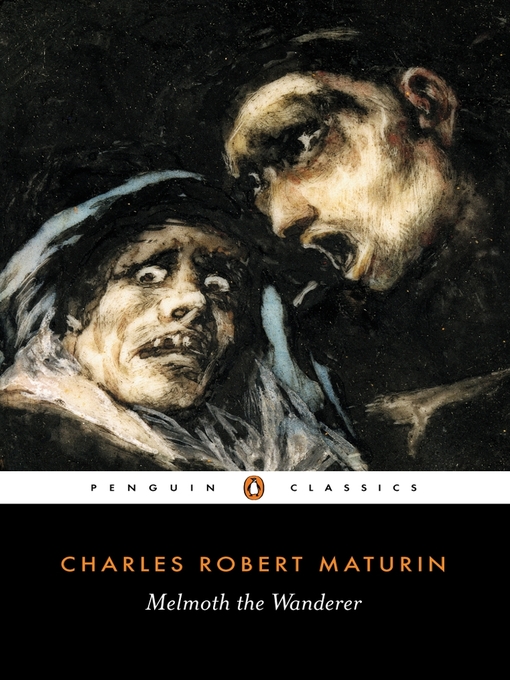For the last few years I've been working my way through editors Kim Newman and Stephen Jones 1988 reading guide, Horror: the 100 Best Books.
At this point I've read roughly 75% of the novels and short story collections covered, which stretch back as far as Christopher Marlowe's 1592 play Doctor Faustus and as recently as Ramsey Campbell's short story collection Dark Feasts (1987).
Over the years I've read a lot of older horror novels and plays, and some of them still work as frightening reads for me today, even after multiple rereads (hello Frankenstein).
But one novel on the list ended up taking two attempts and nearly three weeks to finally get through.
Charles Robert Maturin's 1820 Gothic novel Melmoth the Wanderer, took me an awful lot of time to get through - in my first pass at the novel a few years back I didn't even manage to finish, and I'm pretty proud of the fact that I usually finish the books I've started.
I had it listed as my Horror read for June, and three weeks ago I took a deep breath and dug in.
The problem was I found myself slogging through an uphill trail of slightly outdated language that seemed to bog me down as I attempted to move through it. Now I'll be the first to admit, my University degree is in Communications (i.e. Film, Radio & Television) studies, not English literature, so perhaps I was not grounded enough in the stories of the era to appreciate it - at the same time I've read and enjoyed Frankenstein (written two years earlier), Northanger Abbey (three years earlier) and Wuthering Heights (27 years later), so I don't necessarily think I can simply say the writing style of the time is difficult.
What I can say I liked about the novel (sorry for the 196-year-old spoilers here), was the nesting structure of the story, wherein different aspects of the story are told in a story-within-a-story format, the imagery of many of the set pieces throughout - including one of the most negative views on monasteries I've ever come across, and the overall concept, wherein an immortal being attempts to offer his immortality to others for a simple deal that no one seems comfortable taking.
In the end, I'm glad I read the book, it had a lot of eerie imagery and some concepts that won't be leaving my mind anytime soon. But for right now I think I'm going to be taking a break from horror novels written in the early 1800s; next up for me is Robert W. Chambers 1895 short story collection, The King in Yellow.
a little redux (a big redux?)
1 month ago






















No comments:
Post a Comment